Isobutyraldehyde
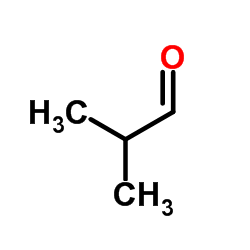
Isobutyraldehyde structure
|
Common Name | Isobutyraldehyde | ||
|---|---|---|---|---|
| CAS Number | 78-84-2 | Molecular Weight | 72.106 | |
| Density | 0.8±0.1 g/cm3 | Boiling Point | 67.1±8.0 °C at 760 mmHg | |
| Molecular Formula | C4H8O | Melting Point | −65 °C(lit.) | |
| MSDS | Chinese USA | Flash Point | -18.9±0.0 °C | |
| Symbol |


GHS02, GHS07 |
Signal Word | Danger | |
| Name | isobutyraldehyde |
|---|---|
| Synonym | More Synonyms |
| Density | 0.8±0.1 g/cm3 |
|---|---|
| Boiling Point | 67.1±8.0 °C at 760 mmHg |
| Melting Point | −65 °C(lit.) |
| Molecular Formula | C4H8O |
| Molecular Weight | 72.106 |
| Flash Point | -18.9±0.0 °C |
| Exact Mass | 72.057518 |
| PSA | 17.07000 |
| LogP | 0.72 |
| Vapour density | 2.5 (vs air) |
| Vapour Pressure | 147.4±0.1 mmHg at 25°C |
| Index of Refraction | 1.367 |
| InChIKey | AMIMRNSIRUDHCM-UHFFFAOYSA-N |
| SMILES | CC(C)C=O |
| Stability | Stable. Refrigerate. Highly flammable. Incompatible with strong oxidizing agents, strong bases, strong acids, strong reducing agents. |
| Water Solubility | 75 g/L (20 ºC) |
CHEMICAL IDENTIFICATION
HEALTH HAZARD DATAACUTE TOXICITY DATA
|
| Symbol |


GHS02, GHS07 |
|---|---|
| Signal Word | Danger |
| Hazard Statements | H225-H319 |
| Precautionary Statements | P210-P305 + P351 + P338 |
| Personal Protective Equipment | Eyeshields;Faceshields;full-face respirator (US);Gloves;multi-purpose combination respirator cartridge (US) |
| Hazard Codes | F:Flammable |
| Risk Phrases | R11;R22 |
| Safety Phrases | S16-S36/37-S9-S33-S29 |
| RIDADR | UN 2045 3/PG 2 |
| WGK Germany | 1 |
| RTECS | NQ4025000 |
| Packaging Group | II |
| Hazard Class | 3 |
| HS Code | 2912190090 |
| Precursor 8 | |
|---|---|
| DownStream 10 | |
| HS Code | 2912190090 |
|---|---|
| Summary | 2912190090 acyclic aldehydes without other oxygen function。Supervision conditions:None。VAT:17.0%。Tax rebate rate:9.0%。MFN tariff:5.5%。General tariff:30.0% |
|
Comparison of Aroma-Active Volatiles in Oolong Tea Infusions Using GC-Olfactometry, GC-FPD, and GC-MS.
J. Agric. Food Chem. 63 , 7499-510, (2015) The aroma profile of oolong tea infusions (Dongdingwulong, DDWL; Tieguanyin, TGY; Dahongpao, DHP) were investigated in this study. Gas chromatography-olfactometry (GC-O) with the method of aroma inten... |
|
|
Orientation to determine quality attributes of flavoring excipients containing volatile molecules.
J. Pharm. Biomed. Anal. 110 , 20-6, (2015) Pharmaceutical excipients containing volatile odor-active molecules can be used in pharmaceutical development to increase patients' compliance. However, capturing the molecular composition of these od... |
|
|
Alkaline comet assay in liver and stomach, and micronucleus assay in bone marrow, from rats treated with 2-acetylaminofluorene, azidothymidine, cisplatin, or isobutyraldehyde.
Mutat. Res. Genet. Toxicol. Environ. Mutagen. 786-788 , 77-86, (2015) As part of the Japanese Center for the Validation of Alternative Methods (JaCVAM) initiative international validation study of the in vivo rat alkaline comet assay (comet assay), we examined the abili... |
| Isobutaldehyde |
| isobutyral |
| EINECS 201-149-6 |
| Isobutyraldehyde |
| iso-C3H7CHO |
| α-Methylpropionaldehyde |
| FEMA 2220 |
| 1-keto-2-methylpropane |
| 2-Methylpropanal |
| isobutyric |
| 2-methylpropan-1-al |
| 2-methyl-1-propanal |
| iso-Butanal |
| MFCD00006980 |
| methylpropanal |
| valinealdehyde |
| 2-METHYL-PROPANAL |
| Propanal, 2-methyl- |
| isobutyric aldehyde |
| 2-methyl-propionaldehyde |
 CAS#:187737-37-7
CAS#:187737-37-7 CAS#:201230-82-2
CAS#:201230-82-2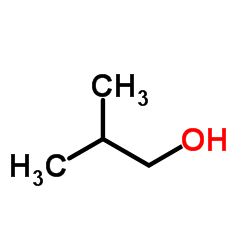 CAS#:78-83-1
CAS#:78-83-1 CAS#:79-30-1
CAS#:79-30-1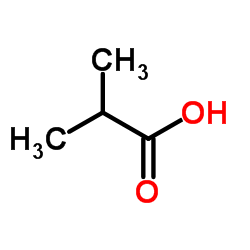 CAS#:79-31-2
CAS#:79-31-2 CAS#:95915-86-9
CAS#:95915-86-9 CAS#:6283-77-8
CAS#:6283-77-8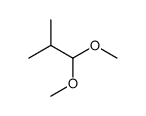 CAS#:41632-89-7
CAS#:41632-89-7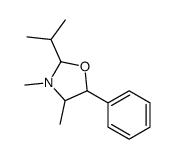 CAS#:107778-86-9
CAS#:107778-86-9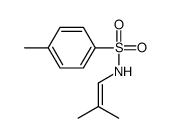 CAS#:110871-43-7
CAS#:110871-43-7 CAS#:1079-95-4
CAS#:1079-95-4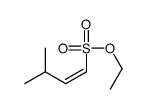 CAS#:110680-09-6
CAS#:110680-09-6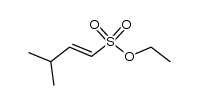 CAS#:110680-06-3
CAS#:110680-06-3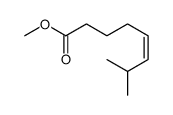 CAS#:112375-41-4
CAS#:112375-41-4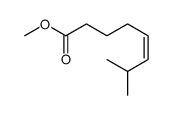 CAS#:112375-53-8
CAS#:112375-53-8 CAS#:104217-22-3
CAS#:104217-22-3 CAS#:111052-03-0
CAS#:111052-03-0 CAS#:39099-24-6
CAS#:39099-24-6
